Brazil: South-East Atlantic Forest
This tour explores one of the most beautiful and diverse areas on Earth, the threatened Atlantic Forest of South-East Brazil. Taking you to the best corners available to find close to 100 Brazilian endemics and 200 Atlantic Forest specialties, this is certainly one of South America’s most rewarding birding tours. Rarities like Red-billed Curassow, Cherry-throated Tanager, Saffron Toucanet, Three-toed Jacamar, Black-hooded Antwren, Giant Antshrike, and Black-capped Piprites are all in the script. This is probably the best tour in the world to see the monotypic Sharpbill, and we will also try hard for some of Brazil's hardest birds. These are are never guaranteed, but we have had previous success with Brazilian Laniisoma, Grey-winged Cotinga, and Helmeted Woodpecker.
Next Dates
30 October - 16 November 2026 (18 days)
Leaders:
Eduardo Patrial
Group Size Limit:
6
Single Room Supplement: $
600 USD
Deposit: $
750 USD
Price: $
7600 USD
Add a Title
Leaders:
Eduardo Patrial
Group Size Limit:
Add a Title
Single Room Supplement: $
TBD
Deposit: $
TBD
Price: $
TBD
Add a Title
10 October - 27 October 2027 (18 days)
Leaders:
Eduardo Patrial
Group Size Limit:
6
Single Room Supplement: $
600 USD
Deposit: $
750 USD
Price: $
7900 USD
Add a Title
Leaders:
Eduardo Patrial
Group Size Limit:
Add a Title
Single Room Supplement: $
TBD
Deposit: $
TBD
Price: $
TBD
Add a Title
Accommodation:
Comfortable hotels and guesthouses throughout.
Walking difficulty:
Mostly easy, but there are a few moderately long trails in the forest with ups and downs to be taken at birding pace. At REGUA and Pico da Caledônia, two steep walks are required to search for Brazilian Laniisoma and Grey-winged Cotinga.
Tour cost includes:
All accommodation, main meals, drinking water, internal flights (as stated in itinerary), overland transport, tips to local drivers and guides, travel permits, entrance fees, and guide fees.
Tour cost excludes:
Flights before and after the tour start/end, visa, travel insurance, tips to tour leaders, laundry, drinks, and other items of a personal nature.
Day 1: Arrival at Vitória Airport (VIX) in the morning. Late morning birding for Pygmy Nightjar before transferring to VALE Reserve. Afternoon at VALE for first attempts at Red-billed Curassow and Red-browed Amazon. Night in Linhares.
Day 2: Full day of birding in the lowland forest at VALE Reserve. We will search for the Critically Endangered endemic Red-billed Curassow, along with East Brazilian Pygmy Owl, Ochre-marked Parakeet, White-eared Parakeet, Red-browed Amazon, “Reichenowi’s” Blue-headed Parrot, Silvery-flanked Antwren, Sooretama Slaty Antshrike, Black-headed Berryeater, and the recently-split White-bellied Tanager. Other interesting species at VALE include “Atlantic Black-breasted" Ringed Woodpecker, Black-necked Aracari, Blue-winged Macaw, Orange-winged Amazon, Southern Mealy Amazon, Southern White-fringed Antwren, Chestnut-backed Antshrike, Cinereous Mourner, Black-capped Becard and Yellow-green Grosbeak. With a very good dose of luck, we might also find the rare endemic Plumbeous Antvireo, or the distinct local subspecies of Cream-coloured Woodpecker and Yellow-throated Woodpecker. Night in Linhares.
Day 3: Early transfer south to the hills of Santa Teresa in central Espírito Santo. Birding on densely forested slopes, we will look for the endemics Wied’s Tyrant-Manakin, Serra Antwren, White-bibbed Antbird, Yellow-eared Woodpecker, Crescent-chested Puffbird, Grey-hooded Attila, Yellow-lored Tody-Flycatcher, Pin-tailed Manakin, Gilt-edged Tanager and several other Atlantic Forest specialties such as Mantled Hawk, Spot-billed Toucanet, Blue Manakin, and even the rare Russet-winged Spadebill. Checking in at our fabulous hotel, we will enjoy a feast of hummingbirds on the feeders, These include the amazing Frilled Coquette, Amethyst Woodstar, Planalto Hermit, Scale-throated Hermit, and White-vented Violetear. An afternoon visit to the rich Augusto Ruschi Biological Reserve will allows us to try for the rare Salvadori’s Antwren and the discreet Cinnamon-vented Piha. Night in Santa Teresa.
Day 4: Breakfast at our hotel to enjoy some hummingbirds, and possibly Slaty-breasted Wood Rail or the noisy endemic East Brazilian Chachalaca visiting the garden area. We will drive south then to get to Águia Branca Reserve where we will be birding for the rest of the day. Here we hope to find the most-wanted Swallow-tailed Cotinga and several other Atlantic Forest specialties, like Saffron Toucanet, Robust Woodpecker, White-throated Woodcreeper, Scaled Woodcreeper, White-collared Foliage-gleaner, Ferruginous Antbird, Spot-breasted Antvireo, Star-throated Antwren, Cryptic Antthrush, the unique Spotted Bamboowren, White-breasted Tapaculo, Hooded Berryeater, Half-collared Sparrow, and our first chances for the impressive Giant Antshrike. Night in Pedra Azul.
Day 5: Full day visit to Reserva Kaetés which protects a population of the Critically Endangered endemic Cherry-throated Tanager. We will be accompanying ornithologists involved in the monitoring program on their rounds, giving us the best possible chance to see this spectacular bird. Unfortunately less than five individuals are left in the reserve, so sightings in recent years have mostly relied on a nest having been located so the bird is no longer guaranteed.
Other species to look for include Yellow-browed Woodpecker, Spot-billed Toucanet, Ochre-rumped Antbird, Wing-barred Piprites, Oustalet’s Tyrannulet, Blue-naped Chlorophonia, and Brassy-breasted Tanager. The reserve now boasts an amazing canopy tower, of which very few exist in the Atlantic Forest! In the evening we will try for the impressive Long-trained Nightjar, and also have chances for Rusty-barred Owl. Night in Pedra Azul.
Day 6: Early morning departure to the state of Rio de Janeiro, which will see us arriving at Guapiaçu Reserve (REGUA) in the mid-afternoon. Open habitat near the lodge can produce Ash-throated Crake and the adorable Streamer-tailed Tyrant. After dark, our main target will be the amazing and aptly-named Giant Snipe, which has to be seen to be believed! Night at REGUA.
Day 7: Morning in REGUA exploring beautiful foothill forest of the Serra dos Órgãos. Here we hope to find the uncommon White-necked Hawk, Rufous-capped Motmot, Pale-browed Treehunter, Unicolored Antwren, Scaled Antbird, Black-cheeked Gnateater, Southern Antpipit, Grey-hooded Flycatcher, Ochre-bellied Flycatcher, and Pin-tailed Manakin. We have a chance for the rare Buff-bellied Puffbird and possibly the even rarer Brazilian Laniisoma for those who wish to take a steep hike into the core area. After lunch, we will move uphill to the town of Nova Friburgo. Here we have more chances for Braziliam Laniisoma and also to find more Atlantic Forest jewels like Scale-throated Hermit, Brazilian Ruby, Mantled Hawk, the uncommon White-bearded Antshrike, Bertoni’s Antbird, White-browed Foliage-gleaner, Slaty Bristlefront, and the amazing Bare-throated Bellbird. Night in Nova Friburgo.
Day 8: Our morning at Pico da Caledônia, a famous site to look for the rare and localised endemic Grey-winged Cotinga. Birding here is usually very productive as we expect to see several amazing endemics such as Black-and-gold Cotinga, Rufous-tailed Antbird, Rufous-backed Antvireo, Large-tailed Antshrike, Rufous-tailed Antthrush, Mouse-coloured Tapaculo, Blue-billed Tyrant, Velvety Black Tyrant, Shear-tailed Grey Tyrant, Serra do Mar Tyrannulet, Bay-chested Warbling Finch, Cinnamon Tanager, the stunning Diademed Tanager, and more chances for Swallow-tailed Cotinga. In the afternoon, we need to drive west a bit along the winding road to get to Sumidouro, where Three-toed Jacamar might be another good candidate for the bird of the day. Night in Nova Friburgo.
Day 9: Early morning birding in Nova Friburgo again before we depart south towards Itatiaia National Park. Upon arrival, feeders at Hotel do Ypê should be attended by loads of Dusky-legged Guan, Brazilian Ruby, White-throated Hummingbird, Violet-capped Woodnymph, Plain Parakeet, Maroon-bellied Parakeet, Golden-chevroned Tanager, Olive-green Tanager, and more. Walking in the beautiful forest of Itatiaia we hope to find Scaly-headed Parrot, Green-billed Toucan, Saffron Toucanet, Orange-eyed Thornbird, Black-billed Scythebill, Tufted Antshrike, White-shouldered Fire-eye, White-bibbed Antbird, Ferruginous Antbird, Ochre-rumped Antbird, Spot-breasted Antvireo, Star-throated Antwren, Rufous Gnateater, Rufous-crowned Greenlet, Brown Tanager, Half-collared Sparrow and, depending on bamboo seeds, chances for Buffy-fronted Seedeater and Temminck’s Seedeater. Spotlighting could produce the impressive Tawny-browed Owl. Night at Hotel do Ypê.
Day 10: Day trip to another splendid birding site, the Agulhas Negras Road on the top of Itatiaia National Park. We will be birding humid montane forest, where our focus will be on the rare Black-capped Piprites and endemics like Green-crowned Plovercrest, Itatiaia Spinetail, Speckle-breasted Antpitta, Buff-throated Warbling Finch and the tiny Grey-backed Tachuri. Birding here will give us more chances at species mentioned on previous days, plus Large-tailed Antshrike, Serra do Mar Tyrant Manakin, the tricky Brown-breasted Bamboo Tyrant, Olivaceous Elaenia, Greenish Tyrannulet, and Thick-billed Saltator. If we do well at these higher elevations, we may spend the afternoon lower down in search of Atlantic Royal Flycatcher, Cryptic Antthrush, and Fork-tailed Tody-Tyrant. Night at Hotel do Ypê.
Day 11: Early morning drive to the southern coast at Mambucaba, home of the restricted-range and Endangered Black-hooded Antwren. A couple of hours birding in this area will offer good chances for other uncommon species like Buff-bellied Puffbird, Buff-throated Purpletuft, and Sao Paulo Tyrannulet. We could add Saw-billed Hermit, Yellow-fronted Woodpecker, Pale-browed Treehunter, Unicolored Antwren, Scaled Antbird, Squamate Antbird, Spot-backed Antshrike, Rufous-capped Antthrush, White-bearded Manakin, Riverbank Warbler, Lemmon-chested Greenlet, Violaceous Euphonia and more. From Mambucaba we head south into the state of Sao Paulo, towards Ubatuba. There will be more stops for the aforementioned species, plus the rare Salvadori’s Antwren and bahiae Dusky Leaftosser. Night in Ubatuba.
Day 12: Full day of lowland forest birding in Ubatuba. This will function as our backup for several of the trickiest endemics like White-necked Hawk, Buff-throated Purpletuft, Salvadori’s Antwren, Rufous-margined Antwren, and Spotted Bamboowren. Some new ones might include Ochre-rumped Antbird, Bertoni’s Antbird, Eye-ringed Tody-Tyrant, Uniform Finch, Sooty Grassquit, or perhaps the uncommon duo of Temminck’s Seedeater and Buffy-fronted Seedeater if there is any seeding around. In the afternoon we will enjoy the amazing hummingbird and fruit feeders at Sitio Folha Seca. We will see here a high density of hummers, including many of the large Saw-billed Hermit, stunning Festive Coquette, Brazilian Ruby, Violet-capped Woodnymph, Black Jacobin, Versicolored Emerald, Glittering-throated Emerald, White-chinned Sapphire and Black-throated Mango. The fruit feeder usually brings Violaceous Euphoinia, Chestnut-bellied Euphonia, Green-headed Tanager, Red-necked Tanager, Brazilian Tanager, Ruby-crowned Tanager, and Azure-shouldered Tanager. The attractive Blond-crested Woodpecker is usually around, and at dusk we can try for the shy Black-capped Screech Owl. Night in Ubatuba.
Day 13: Day transfer to Campos do Jordão in the Serra da Mantiqueira. In the early morning we will make some birding stops to look for Orange-breasted Thornbird, Dusky-tailed Antbird, and Speckle-breasted Antpitta. From there, it should take about two hours driving before we reach the montane forest of Campos do Jordão. Our main target species, the Endangered endemic Vinaceous-breasted Amazon, will be coming to roost, and we hope to see them well along with the smart Araucaria Tit-Spinetail. Birding in Campos resembles Agulhas Negras Road, so is another great place to find Black-capped Piprites and Green-crowned Plovercrest. Overnight in Campos do Jordão.
Day 14: Our early morning will be in search of the threatened endemic endemic "Sao Paulo" Marsh Antwren, before continuing into the coastal zone. Another threatened endemic parrot can be found here, the lovely Red-tailed Amazon. Others to search in this area include Mangrove Rail, Buff-bellied Puffbird, Robust Woodpecker, Azure Jay, Long-billed Wren, and Red-necked Tanager. Night in Peruíbe.
Day 15: Our main target species this morning will be the stunning endemic Black-backed Tanager, and we will also check a mangrove site to find Bicolored Conebill before we depart to our last destination on the tour, the fantastic and well-known Intervales State Park. As we check-in to our lodge at the park headquarters, we can check the feeders which easily bring in sneaky beauties like Solitary Tinamou, Red-and-white Crake, and Spot-winged Wood Quail! Other exciting birds in the area might already include Grey-throated Warbling Finch, the rare Black-legged Dacnis, the uncommon Chestnut-backed Tanager, and Green-chinned Euphonia. Overnight at Intervales State Park.
Day 16-17: Many birders rate Intervales as one of the most exciting places in the Neotropics! We will have two full days to explore this Atlantic Forest paradise with numerous trails and dirt roads for birding. We should spend time along the famous Carmo Road, the beautiful Lageado Trail and other corners of the park in search of rarities like the much-wanted Helmeted Woodpecker. The bird list is long, and comprises of many species we will have tried for in the past weeks. Any remaining birds we wish to see will be our targets, which might include Brown Tinamou, Black-fronted Piping Guan, Purple-crowned Plovercrest, Dusky-throated Hermit, Sooty Swift, Long-tufted Owl, Rufous-capped Motmot, Pavonine Cuckoo, Surucua Trogon, Black-throated Trogon, Robust Woodpecker, Blue-bellied Parrot, Pileated Parrot, Scalloped Woodcreeper, Grey-bellied Spinetail, Short-tailed Antthrush, Bay-ringed Tyrannulet, Grey-capped Tyrannulet, Three-striped Flycatcher, Rufous-tailed Attila, Red-ruffed Fruitcrow, Brown Tanager, Olive-green Tanager, and so much more. This will be our best chance for the monotypic Sharpbill (which is quite common in the forest here), plus a couple of scarce specialties like Grey-bellied Hawk and Rusty-breasted Nunlet.
Day 18: We will enjoy another whole morning of birding in Intervales on our last day before leaving the park after lunch for dropoffs at São Paulo International Airport (GRU), where the tour ends this evening.

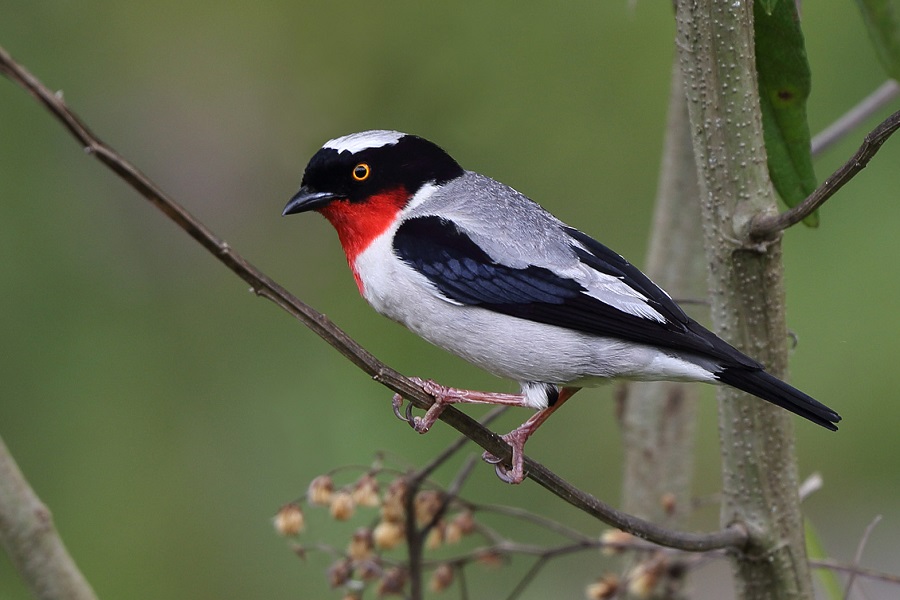

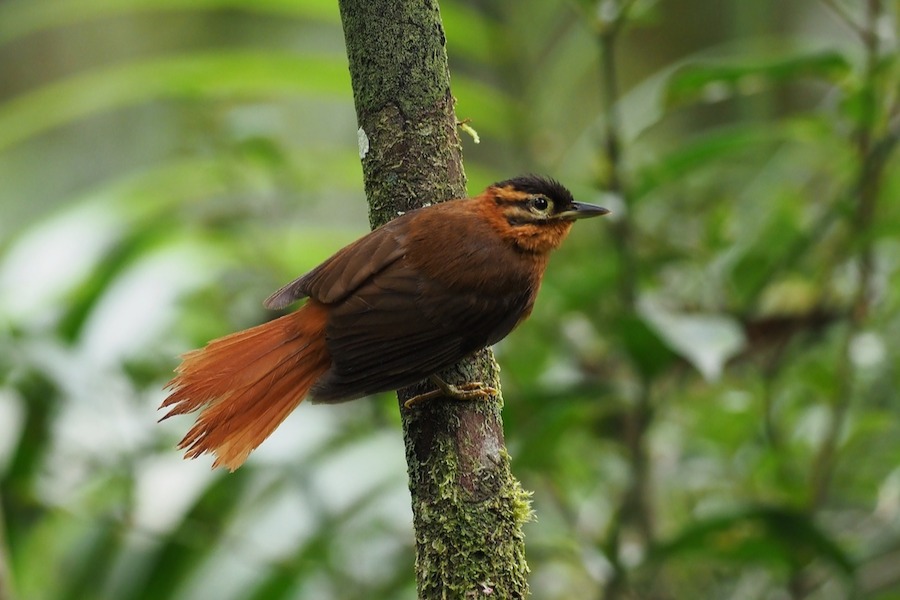

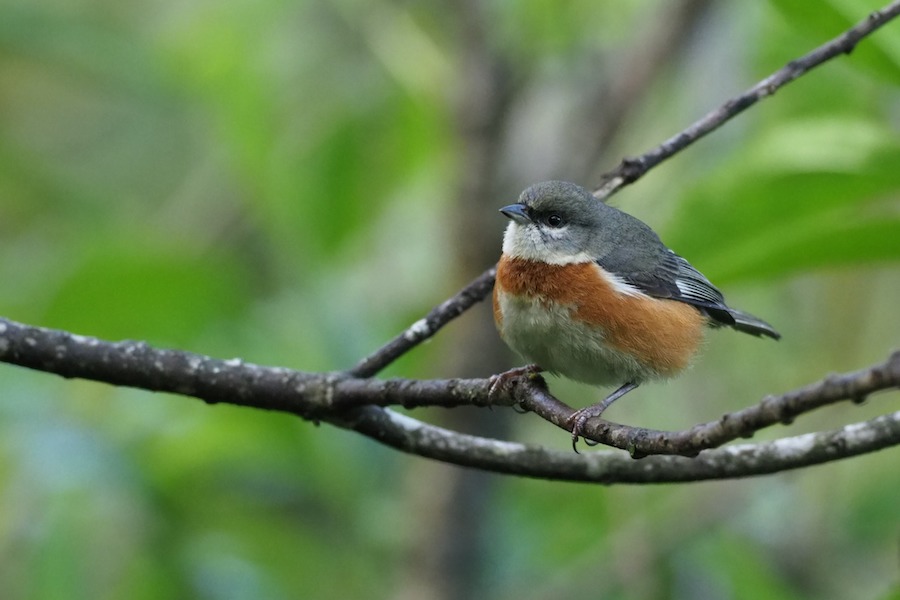



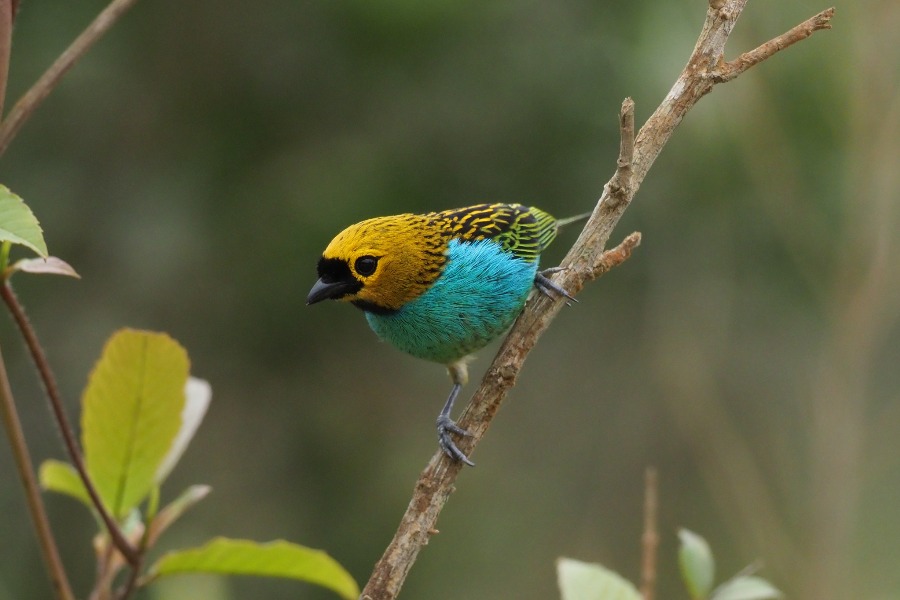

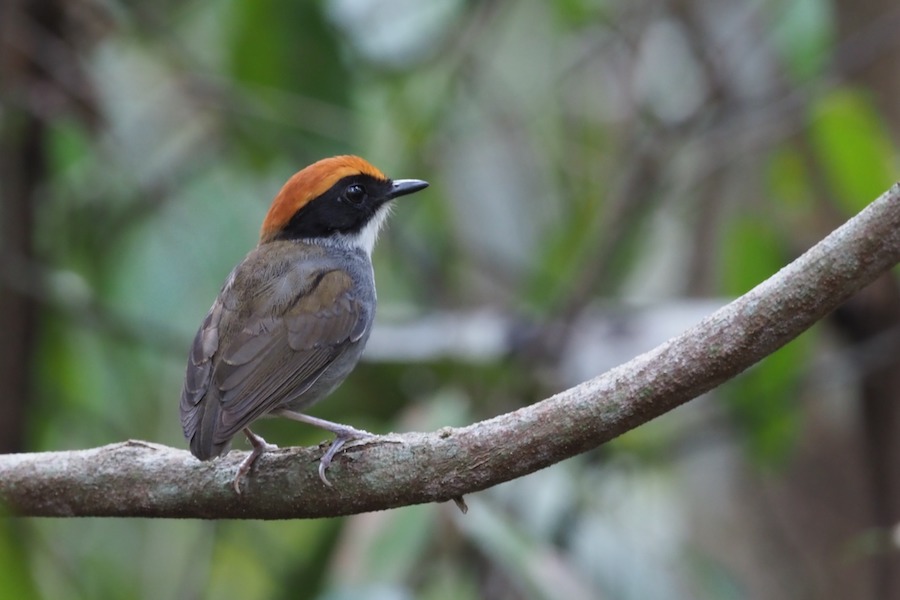

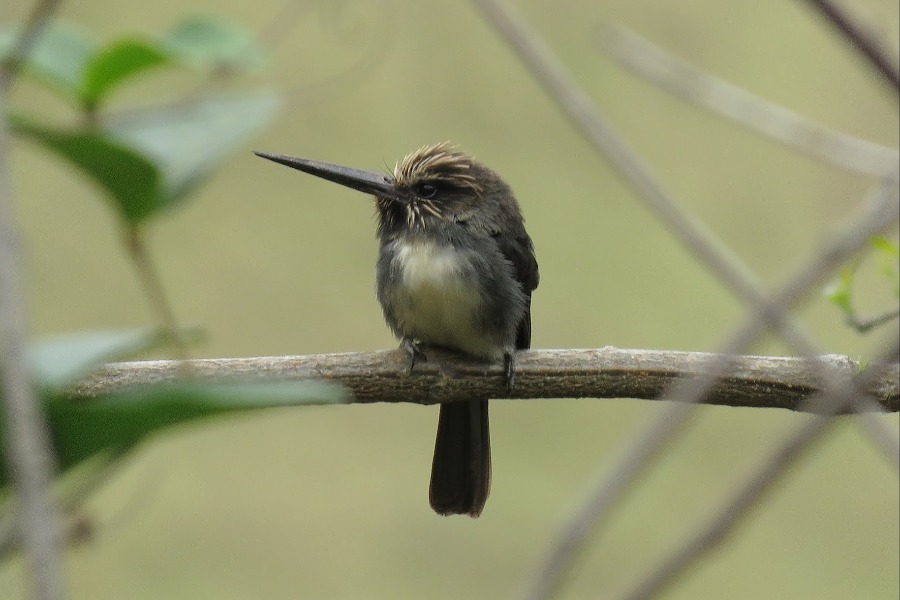



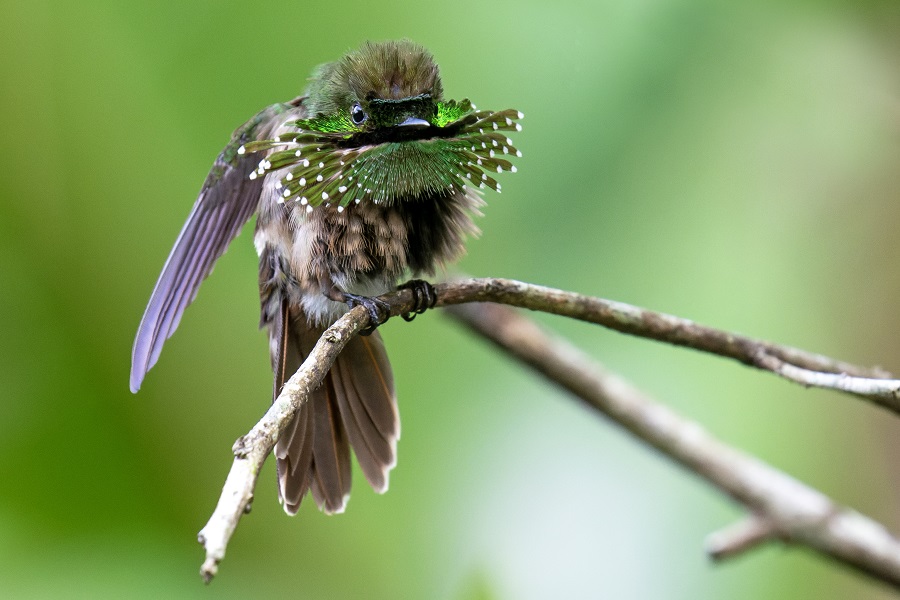

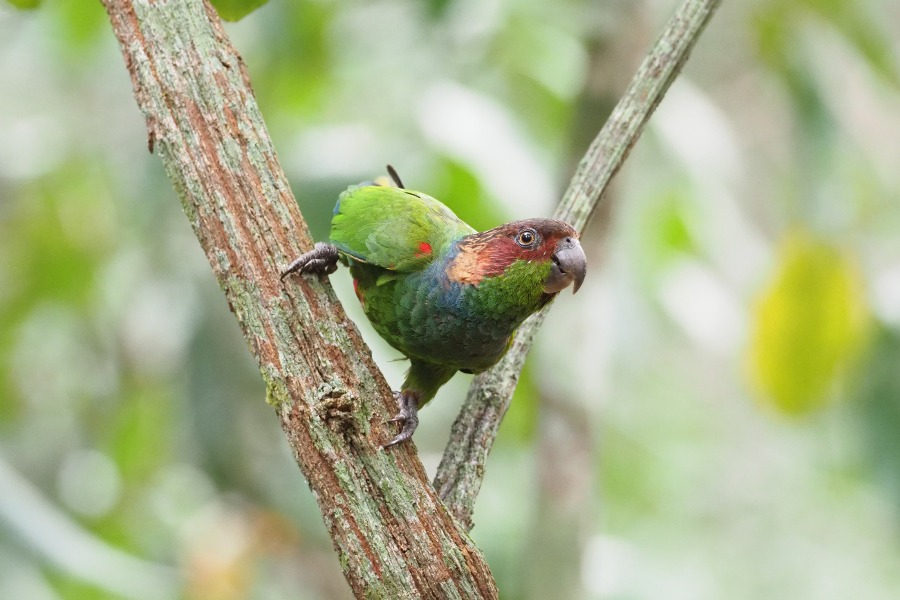

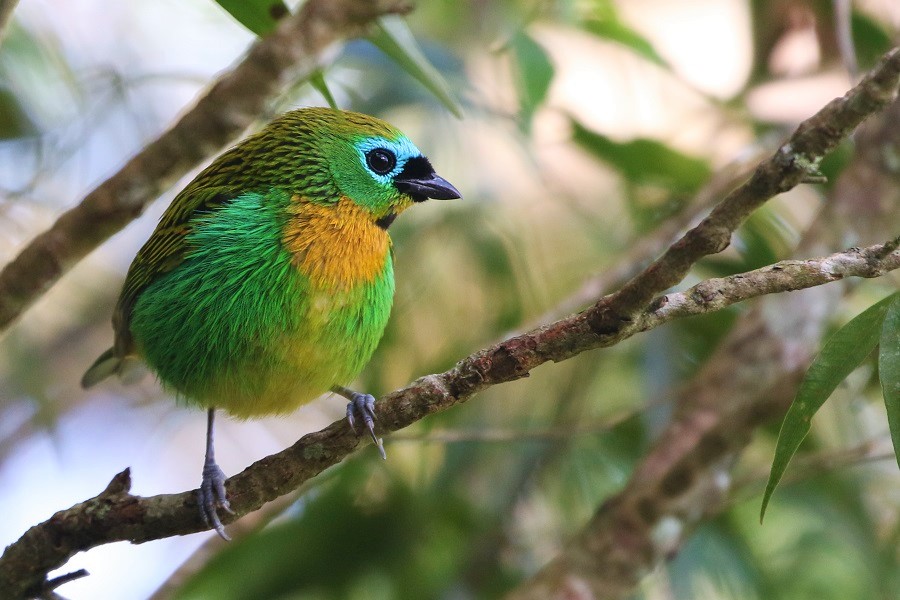
%20900x600.jpeg)



















